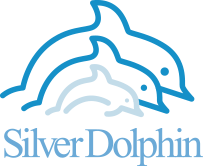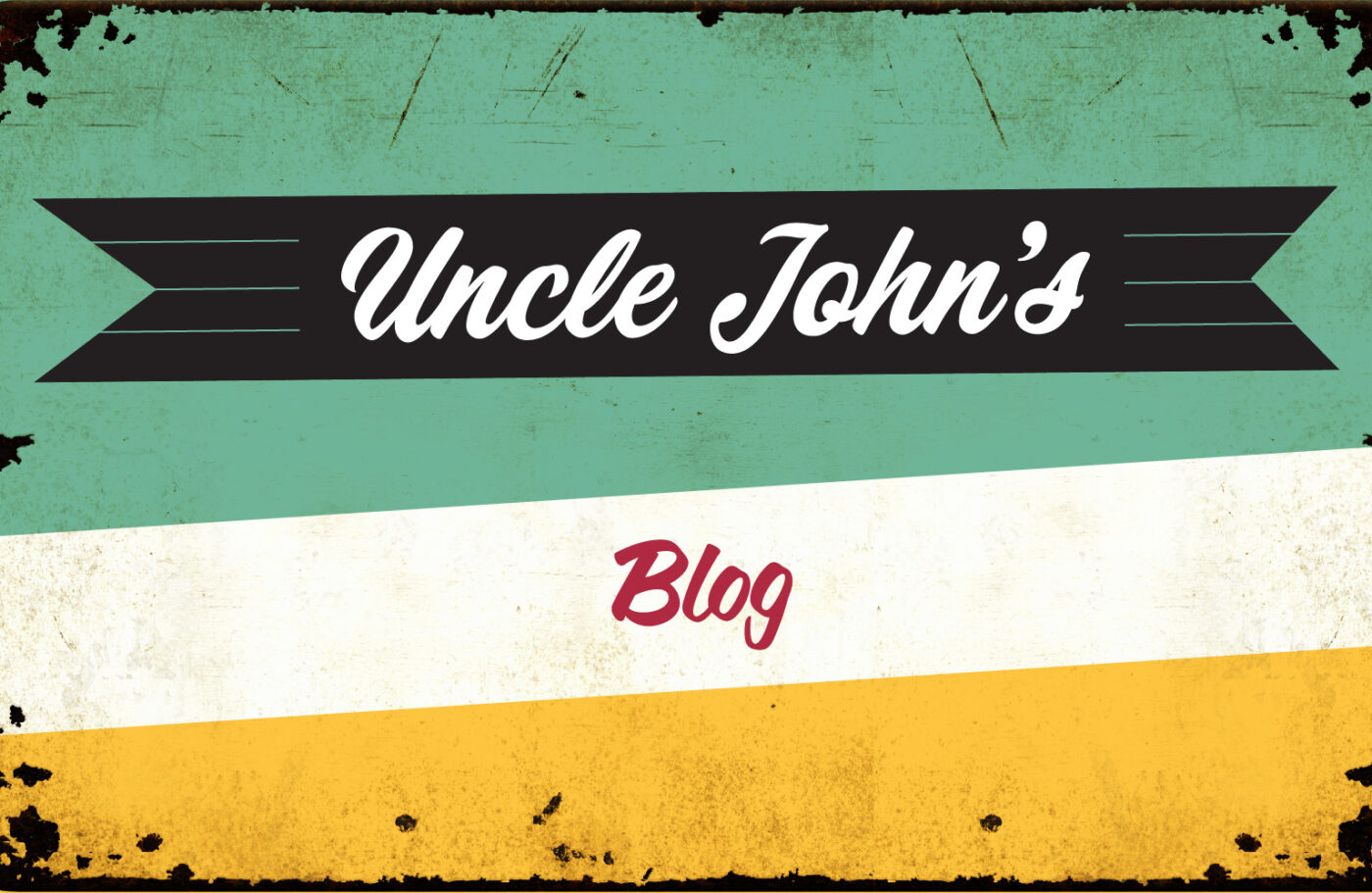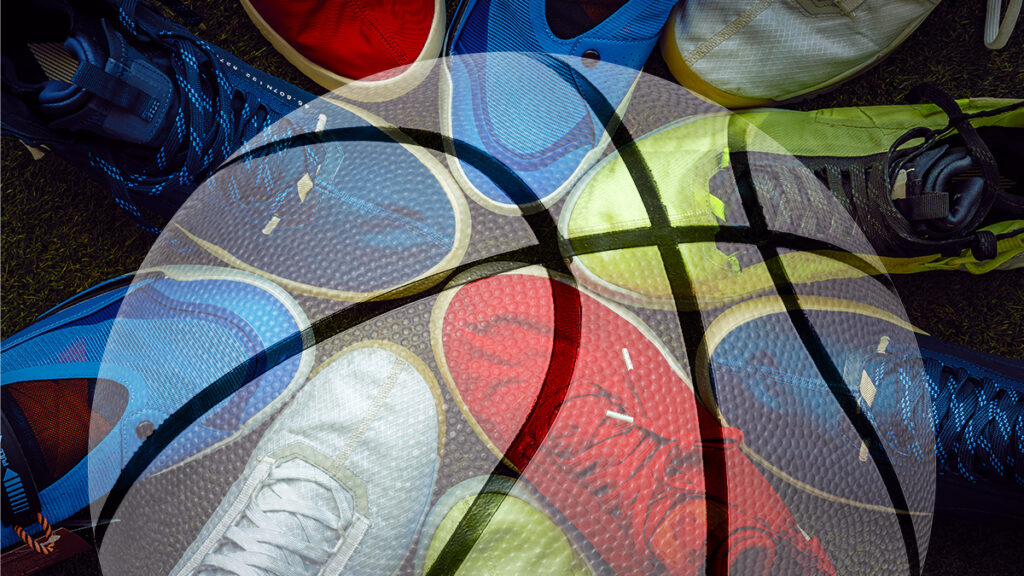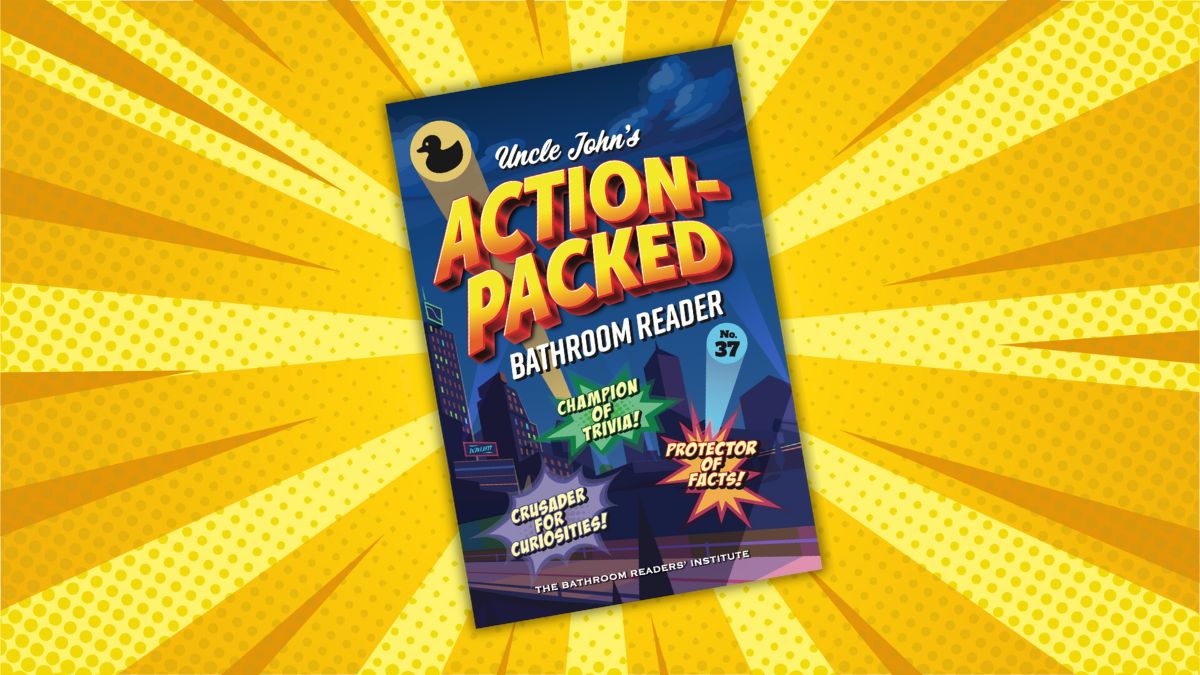By Brian Boone
You’re not really a star in the NBA unless you’ve got a shoe named after you that a company is paying you a fortune to wear. With the NBA playoffs getting underway, let’s step back in time and take a shot at the history of basketball shoes of the game’s biggest stars.
Bob Cousy
The first shoes endorsed by an NBA player, as well the first named after an NBA player, were the PF Flyers Bob Cousy All-American Basketball Shoe. Just after winning his second title with the Boston Celtics in 1958, Cousy gave his name and approval to these simple, thin canvas shoes that bore a “Bob Cousy” patch. Marketing materials promoted the functionality of the shoes, promising increased contact with the floor and how its “Circle Grip molded sole” prevented slipping and offered quick “stop and go” on the court.
Kareem Abdul-Jabbar
The first big-money shoe deal was bestowed on what looked like a sure thing. In 1969, Kareem Abdul-Jabbar was drafted at no. 1 in the NBA draft after three college titles. At the start of his rookie season, Adidas gave him $25,000 a year to wear and endorse their shoes. His image appeared all over the Adidas Jabbar shoes — a silhouette of Abdul-Jabbar delivering his signature skyhook was used as a logo, while an illustrated of the player was printed onto the tongues.
Michael Jordan
After entertaining overtures from Converse and Adidas, Michael Jordan signed a signature shoe deal in 1984 with Nike, at the time a small, mostly track and field footwear operation from Oregon. Nike contracted Jordan to wear Air Jordan sneakers for five years at a rate of $2.5 million, with a sales goal of $3 million worth of shoes in three years. Instead, Nike sold $126 million worth of footwear in one year. Jordan is still signed with Nike, and he’s made more than $1.4 billion off his Air Jordan sneakers.
Billy Ray Bates
Around the same time that Air Jordans changed basketball and shoes in the U.S., another player would do a similar thing in Asia. A flameout in the NBA — he played for three teams in four years and struggled with drug problems — Billy Ray Bates became a superstar when he left the U.S. to play in the Philippines. To meet demand there, and Australian shoemaker Grosby came out with a pair of basketball shoes bearing Bates’ nickname. Grosby’s Black Superman shoes continue to sell well in the Philippines, 40 years later.
Get Uncle John's Action-Packed Bathroom Reader Today!
Hakeem Olajuwon
By the 1990s, Air Jordans were very expensive ($200 a pair) and very popular. A spate of violent, at gunpoint thefts of the shoes inspired Houston Rockets MVP center Hakeem Olajuwon to try something different with his signature shoe in 1994. He wanted his high tops to be affordable, and thus not worth committing crimes over, and he contracted with budget sporting goods company Spalding to make them. Olajuwons cost $35 and were sold only at discount stores like Walmart and K-Mart. Nevertheless, the shoes flopped.
Stephen Curry
Early in his career, before he was setting records or winning titles, Stephen Curry had a modest shoe deal with Nike. During a 2013 contract renegotiation meeting, reps of the shoe company repeatedly mispronounced his name to his face (they called him “Stephon”) and reused a presentation intended for Kevin Durant — Durant’s name hadn’t even been edited out. Feeling disrespected, Curry signed instead with the much smaller company Under Armour. The shoemaker offered a $4 million annual contract, a significant portion of its $14 million market value. Connected with Curry during his ascent to superstardom, Under Armour doubled in value.
Chuck Taylor
For “old heads” (that’s a basketball world slang term for older players and fans), the definitive basketball shoes are Chuck Taylor All Stars. High-topped, canvas shoes without much support, it’s what everybody in the NBA (and most every other level of basketball) relied on until the arrival of Air Jordans and descendants. They hit the market in 1922, and were popularized by the efforts of Chuck Taylor. A player on the semi-pro Akron Firestones team, Converse hired him to help design the shoe that it named after him, and then put him to work in its marketing department. The last player to wear “Chucks” on an NBA court: Mickey Johnson in 1986.










